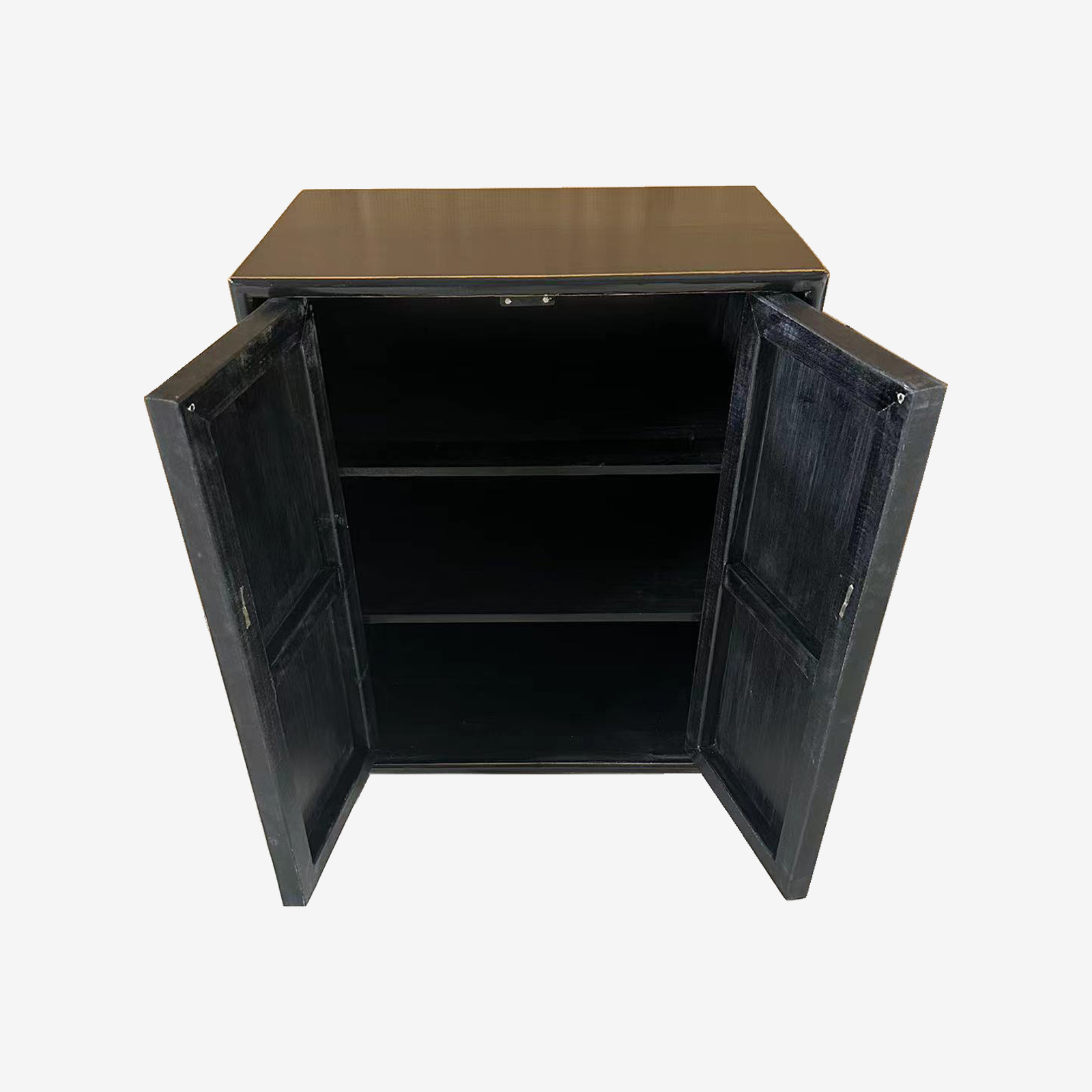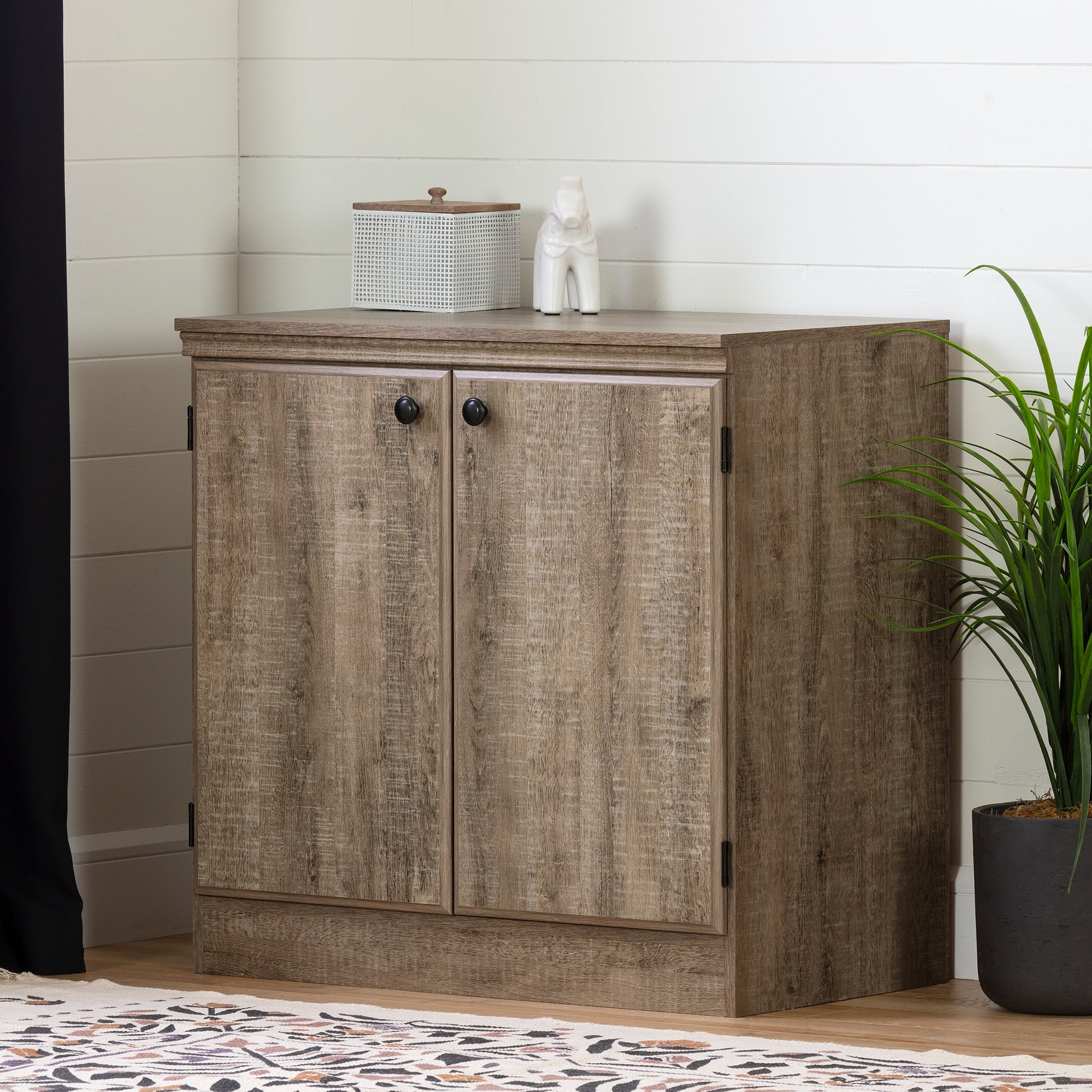Uses and Placement in a Home: 2 Door Mirrored Accent Cabinet

A two-door mirrored accent cabinet offers both practical storage and a visually impactful design element, capable of transforming a room’s aesthetic and functionality. Its versatility allows it to seamlessly integrate into a variety of home styles and spaces, enhancing both the look and feel of the environment. Strategic placement is key to maximizing its reflective properties and contributing to the overall design scheme.
Mirrored surfaces significantly impact room perception. The reflective quality of the cabinet’s doors expands the visual space, making even smaller rooms feel more open and airy. By strategically positioning the cabinet to reflect light sources, such as windows or lamps, you can brighten the room and create a sense of depth. Conversely, careful placement can also prevent unwanted reflections from distracting elements.
Room Placement and Decor Style Complementarity
The versatility of a two-door mirrored accent cabinet makes it suitable for various rooms. In a living room with a modern minimalist aesthetic, the cabinet’s sleek design complements the clean lines and uncluttered space. Its mirrored surfaces reflect the light and amplify the sense of spaciousness, creating a sophisticated and elegant atmosphere. In a bedroom with a more traditional style, a cabinet with a slightly ornate frame can add a touch of glamour and provide valuable storage for jewelry or accessories. Similarly, in a hallway or entryway, a mirrored cabinet can create an illusion of more space, making a narrow passage feel more welcoming and open. The cabinet’s reflective surface can also visually enlarge a small bathroom, making it appear brighter and more spacious.
Maximizing the Mirrored Surface’s Visual Impact, 2 door mirrored accent cabinet
To maximize the visual impact of the mirrored surface, consider placing the cabinet opposite a window to reflect natural light and create a brighter, more spacious feel. Positioning it near a light source, such as a table lamp or chandelier, will enhance the reflective effect and amplify the ambient light. Avoid placing the cabinet where it might reflect distracting elements, such as cluttered areas or unattractive views. The angle of the cabinet in relation to light sources and other furniture should be carefully considered for optimal effect. For instance, placing it perpendicular to a wall with artwork will reflect the art, creating a unique visual effect.
Room Layout Designs Incorporating a Mirrored Accent Cabinet
The following examples demonstrate how a two-door mirrored accent cabinet can be incorporated into diverse room designs:
2 door mirrored accent cabinet – Design 1: Modern Minimalist Living Room
- Two-door mirrored accent cabinet positioned against a light-colored wall.
- A low-profile sofa with neutral-toned cushions.
- A simple coffee table made of glass or metal.
- Abstract artwork in muted colors.
- Floor lamp with a minimalist design.
This design emphasizes clean lines and a sense of spaciousness, with the mirrored cabinet reflecting light and visually expanding the room. The overall aesthetic is sleek, sophisticated, and calming.
Design 2: Traditional Bedroom
- Two-door mirrored accent cabinet with an ornate frame placed near a dressing table.
- A comfortable upholstered bed with a headboard featuring intricate detailing.
- A vanity table with a comfortable chair.
- Soft lighting from bedside lamps and a chandelier.
- Rich fabrics, such as velvet or silk, used for curtains and bedding.
This design creates a sense of luxury and elegance, with the mirrored cabinet adding a touch of glamour to the traditional style. The cabinet’s reflective surface complements the rich fabrics and ornate details, creating a cohesive and visually appealing space.
Design 3: Eclectic Entryway
- Two-door mirrored accent cabinet placed opposite the entrance, maximizing its reflective properties.
- A console table with a stylish lamp and decorative bowl.
- A mix of textures and patterns in the artwork and accessories.
- A patterned rug to define the space.
- A coat rack and umbrella stand for practicality.
This design uses the mirrored cabinet to create a welcoming and visually interesting entryway. The eclectic mix of textures and patterns adds personality, while the cabinet’s reflective surface brightens and expands the space, creating a positive first impression.
Common Styling Challenges and Solutions
One common challenge with mirrored furniture is the reflection of clutter or undesirable elements. To avoid this, ensure the area surrounding the cabinet is kept tidy and organized. Consider using decorative items that complement the cabinet’s style and enhance the reflection rather than detract from it. Another challenge is the potential for the mirror to create a distorted or disorienting effect if not placed strategically. Careful consideration of the cabinet’s placement in relation to light sources and other furniture will mitigate this risk. Finally, the reflective surface can sometimes make the room feel too cold or sterile. Adding warmer elements, such as textured fabrics, rugs, or wooden accents, can help balance the mirrored effect and create a more inviting atmosphere.
Maintenance and Care

Preserving the beauty and longevity of your two-door mirrored accent cabinet requires regular cleaning and mindful handling. This section details the proper methods for maintaining its pristine condition, addressing both routine cleaning and the repair of minor damages. Following these guidelines will ensure your cabinet remains a stylish and functional feature in your home for years to come.
Cleaning and Maintaining the Mirrored Cabinet
Regular cleaning prevents dust and grime buildup, protecting both the mirror and the cabinet’s frame. Use a microfiber cloth, slightly dampened with a solution of warm water and a mild dish soap, to wipe down the mirrored surfaces. Avoid harsh chemicals, abrasive cleaners, or scouring pads, as these can scratch the delicate mirror finish. For stubborn stains, gently apply a specialized glass cleaner designed for mirrors, following the product’s instructions carefully. Always dry the surfaces thoroughly with a clean, dry microfiber cloth to prevent water spots or streaks. The cabinet’s wooden frame can be cleaned using a similar method, but be sure to avoid excessive moisture that could damage the wood.
Preventing Damage to the Cabinet
Preventing damage is easier than repairing it. To protect the mirror from scratches, avoid placing sharp objects directly on its surface. Use coasters under drinks and consider applying a protective film to the mirror’s surface if it’s frequently exposed to potential scratches. Water damage is another common concern. Immediately wipe up any spills to prevent water from seeping into the cabinet’s frame and causing warping or damage. Avoid placing the cabinet in areas prone to high humidity or direct sunlight, which can also cause damage over time. Regular dusting will prevent the accumulation of dust and debris that could scratch the mirror.
Repairing Minor Damages
Minor damages, such as loose hinges or small scratches on the mirror, can often be repaired at home. For a loose hinge, tighten the screws using a suitable screwdriver. If the screws are stripped, you might need to fill the screw holes with wood glue and insert slightly larger screws. For minor scratches on the mirror, a specialized mirror scratch repair kit can be effective. These kits usually contain a polishing compound and applicator that can minimize the appearance of superficial scratches. For more significant damage, it’s advisable to consult a professional furniture repair specialist. Attempting to repair extensive damage without proper tools or knowledge could cause further harm.
